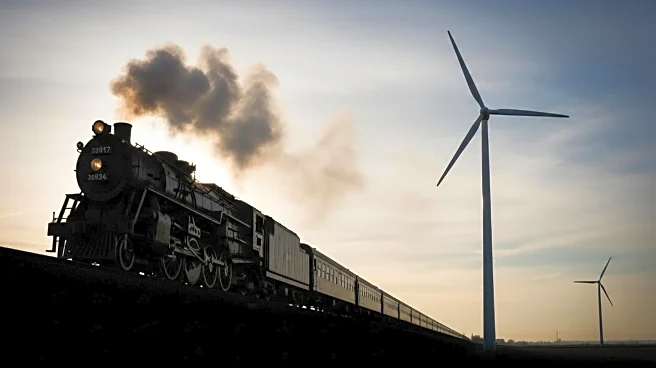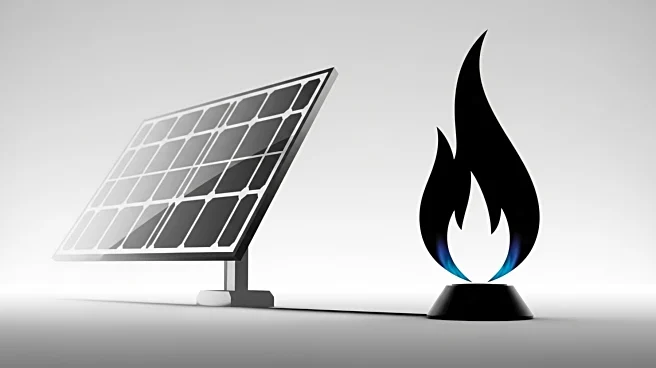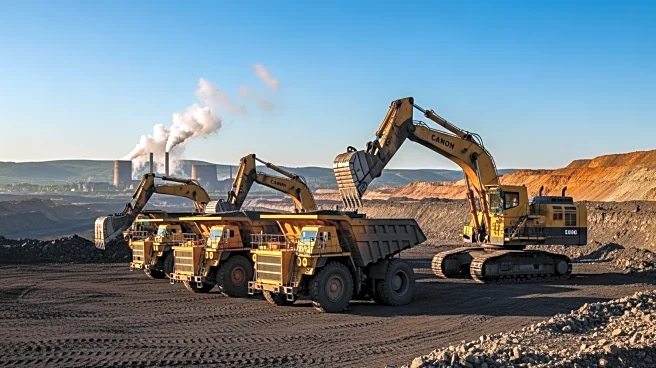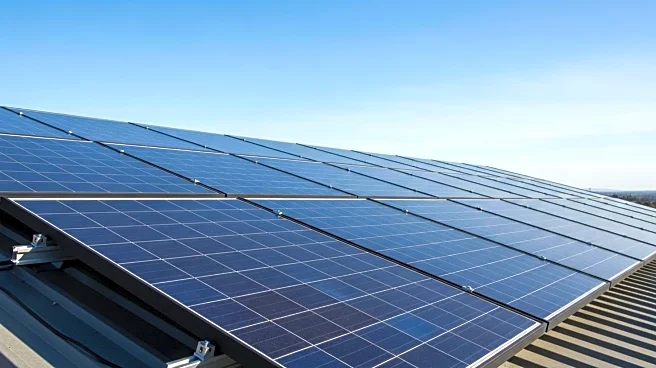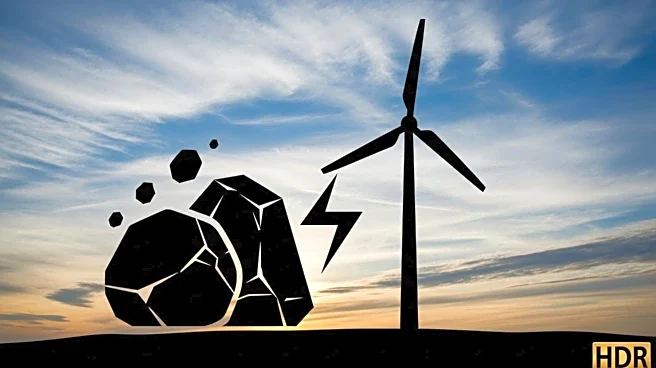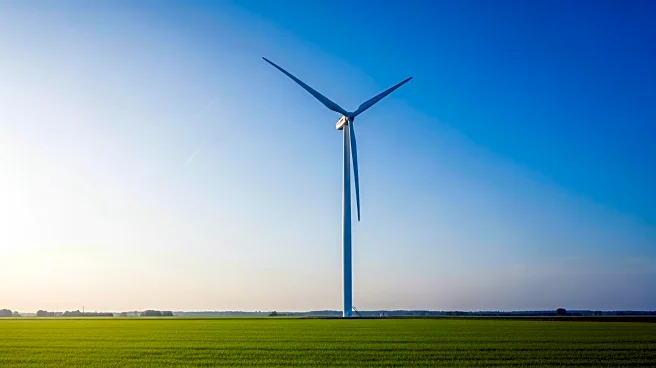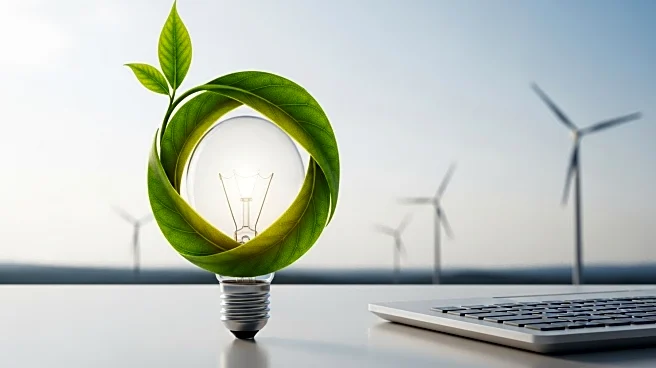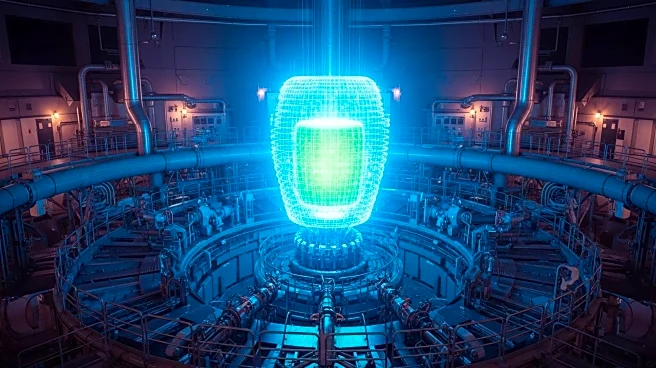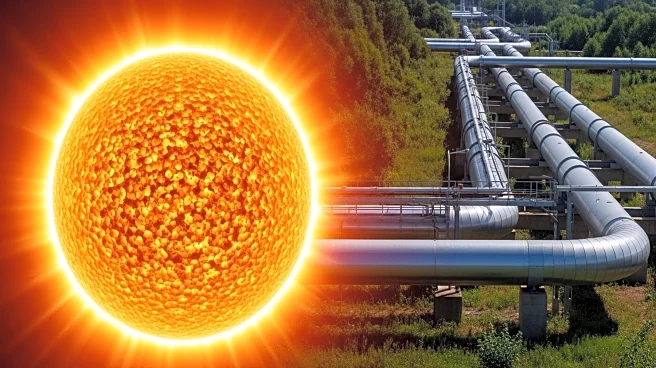What is the story about?
What's Happening?
The Federal Energy Regulatory Commission (FERC) reported that the U.S. added 18 MW of new coal capacity in July, surpassing wind additions, which totaled 16 MW. Solar energy led with 1.18 GW of new capacity. Despite these coal additions, the overall trend for the year shows coal retirements, with a net loss of 40 MW from January to July. The Trump administration prioritizes coal, gas, and oil deployments, with the Department of Energy allocating $625 million for coal plant retrofitting. FERC forecasts significant solar and wind capacity additions by 2028, alongside coal and natural gas retirements. Transmission infrastructure development remains a concern, with a shortfall in high-voltage lines potentially impacting critical sectors.
Why It's Important?
The report highlights the ongoing transition in the U.S. energy landscape, with solar energy leading capacity additions despite federal support for fossil fuels. The prioritization of coal and gas by the Trump administration contrasts with broader industry trends favoring renewables. The shortfall in transmission infrastructure development poses risks to sectors like semiconductor manufacturing and artificial intelligence, which rely on stable energy supplies. The forecasted growth in solar and wind capacity suggests a continued shift towards cleaner energy sources, which could influence future policy and market dynamics.
What's Next?
The U.S. energy sector may see continued investments in solar and wind capacity, driven by market demand and state-level initiatives. The Department of Energy's funding for coal plant retrofitting could lead to temporary increases in coal capacity, but long-term trends favor renewables. Addressing transmission infrastructure challenges will be crucial to support the growing demand for clean energy and ensure reliable power supply for critical industries.
Beyond the Headlines
The focus on coal and gas by the Trump administration highlights the political dimensions of energy policy, which can impact market dynamics and investment decisions. The growth in solar and wind capacity reflects broader environmental and economic considerations, as stakeholders increasingly prioritize sustainability. The transmission infrastructure shortfall underscores the need for strategic planning to support the energy transition and mitigate risks to key sectors.
AI Generated Content
Do you find this article useful?
